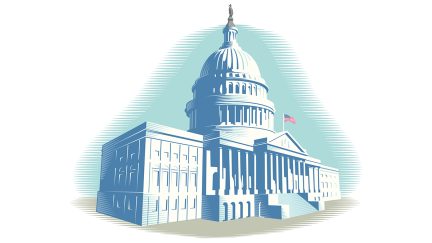Want the latest retirement plan adviser news and insights? Sign up for PLANADVISER newsletters.
NAGDCA: Roth Catch-Ups Will Be Major Issue for Government Plans
This is the second time in three months the advocacy group has warned federal regulators and appealed for assistance.

The National Association of Government Defined Contribution Administrators has again asked in a public letter for greater leniency in implementing some SECURE 2.0 Act of 2022 provisions for government plans.
The letter was addressed to the Department of the Treasury’s benefits tax counsel, Carol Weiser, and is signed by NAGDCA and other organizations such as the United States Conference of Mayors and the National Conference of State Legislatures. It states that the provision of SECURE 2.0 which requires enhanced catch-up contributions made by highly-compensated employees to be made to a Roth source and the requirement to provide a Roth option for employees making less than $145,000, are not ones many government plans will be able to comply with by 2024.
Many government plans do not have a Roth option, and others are bound by state laws and union contracts that must be updated to include the catch-up features, according to NAGDCA. The letter suggests that some plans may have to drop catch-ups altogether, something Congress presumably did not intend, until they can update their plan administration to accommodate Roth contributions.
“Some governmental plans will be forced to suspend all catch-up contributions until the necessary authority to offer Roth contributions can be added to their structure,” the NAGDCA letter stated. “Certainly, the inability to make catch-up contributions to a retirement plan during the crucial years prior to retirement would be counter to Congress’ goals of encouraging retirement savings.”
This the second time since March that NAGDCA has highlighted the issue, using the same terms each time.
Both requests ask the IRS for longer compliance periods and for guidance that good-faith attempts to comply with the law would be honored in the interim. Matt Petersen, executive director of the NAGDCA, says some public employers do not know who is a highly-compensated employee and who is not, since some employees might have multiple sources of income within a network of public institutions, such as a university system.
The letter also requested that the IRS issue guidance in anticipation of a legislative fix. Though not spelled out, this undoubtedly refers to the error in SECURE 2.0 which accidentally wrote catch-up contributions out of the law entirely.
You Might Also Like:

403(b) Plans Have Special Considerations When Complying with SECURE 2.0

Answering Questions About SECURE 2.0 Catch-Up Provisions
